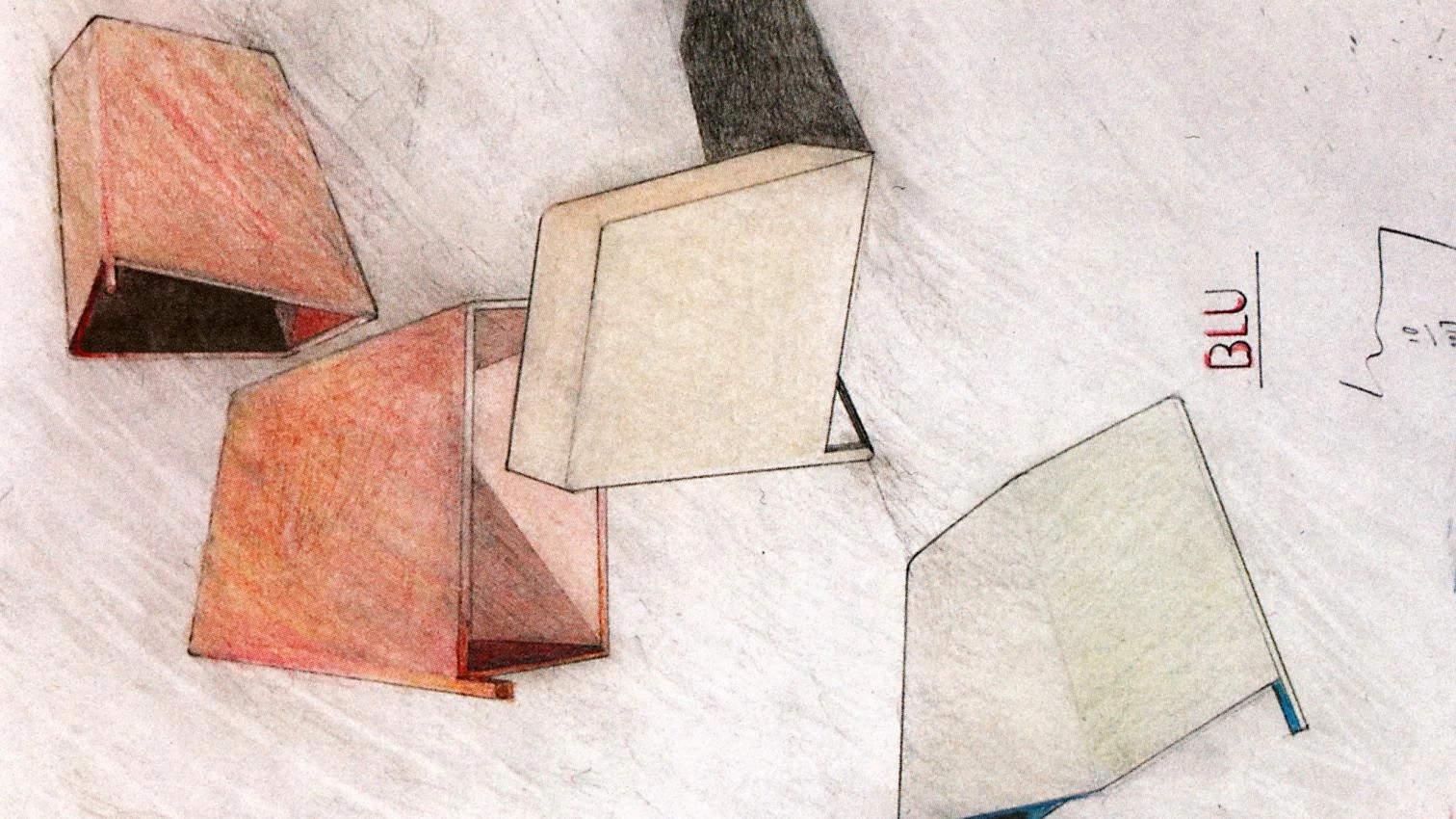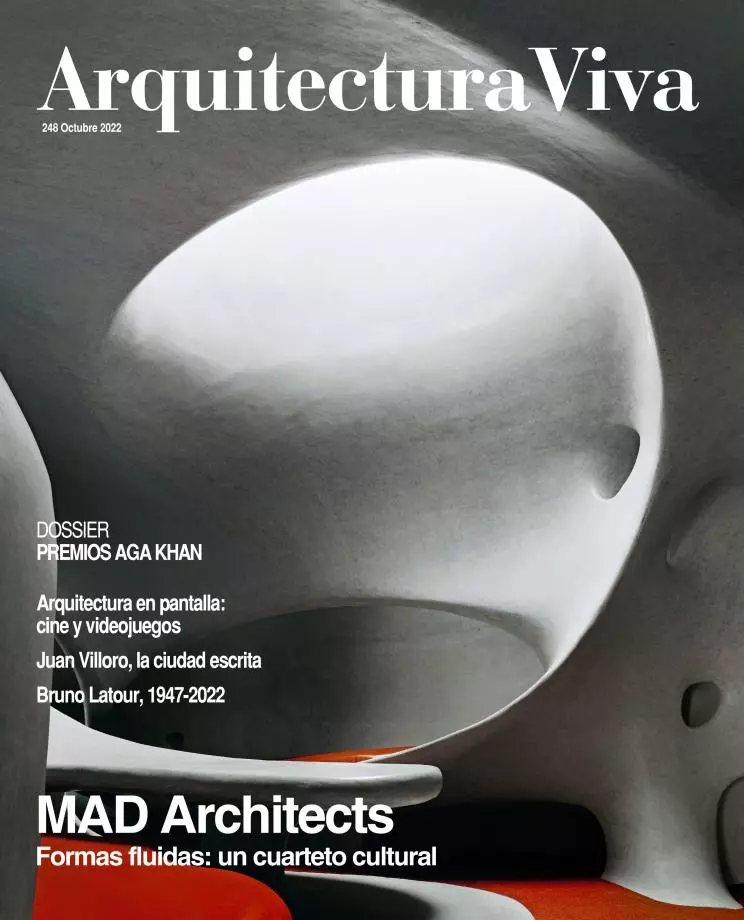
Midway through his Scientific Autobiography, Aldo Rossi muses: “Perhaps the observation of things has remained my most important formal education; for observation later becomes transformed into memory. Now I seem to see all the things I have observed arranged like tools in a neat row; they are aligned as in a botanical chart, or a catalogue, or a dictionary.” It seems appropriate to begin a review of Lars Lerup’s book with this reflection. Like the Milanese master, Lerup has constructed an ‘autobiography of a design project’ readers can follow as the itinerary of a life spent reflecting on, making, and documenting the life and death of objects. We come face-to-face with Lerup’s sensibility. His transatlantic itinerary begins with a photo of the 5-year-old Lerup on the floor. The image of a child building an encampment is magnified by the items around, in place or waiting to be placed, as in Bergman’s Fanny and Alexander, with Alexander enthralled as he imagines a puppet play.
This collection of narratives takes us on a journey covering distances with acutely observed intimacies, measured by objects intersecting and shaping Lerup’s life. He is an acute observer and designer of many of the objects. Each becomes a witness, citizen, or protagonist of its author’s obsessions. As record of a curious, restless mind, the book evokes the manual of an engineer deciphering the enigma and attraction of objects. Or Lerup transmits dispatches from a poet’s journals. The mix of manual and journal gives the book its captivating rhythm and form.
Though trained in European and US academies, Lerup’s depictions of the institutions where his intellectual life was shaped do not take center stage, but form a visual emotive landscape. His tenures at UC Berkeley, SCI-ARC, and Rice provides cartographies waiting to be drawn, often overlooked by the host cities. In Houston, as longtime architecture school dean, he shifted how the school engaged the city. His engagement was not a collision with it, but a means of positioning Houston as a fold for thought and action. Action is echoed across the drawings coursing through Lerup’s narrative.
Near the end, Lerup reflects on ‘Blu,’ one of his latest objects. It allows him to come full circle in understanding how the objects of his life have become an all-encompassing mirror, a cherished object that fits in the palm of his hand. Objects become traces of life itself. “For those of us still paranoid and critical, there is no redemption… yet there is in the life and death of things a line of thought that outweighs doom… in and around the small, I have found a cohort whose manifestations espouse no evil, bear no harm. They just want us to see them.” The book delights us with Lerup’s honesty and empathy for objects ignored or discarded by consumerist culture. His objects bestow a redeeming dispensation on our lives, the opposite of the contraptions weighing us down with monolithic authority. They deserve our respect, inquiry, love, our desire for freedom. How else to break away from a world determined to turn us all into profligate, uncritical consumers?







